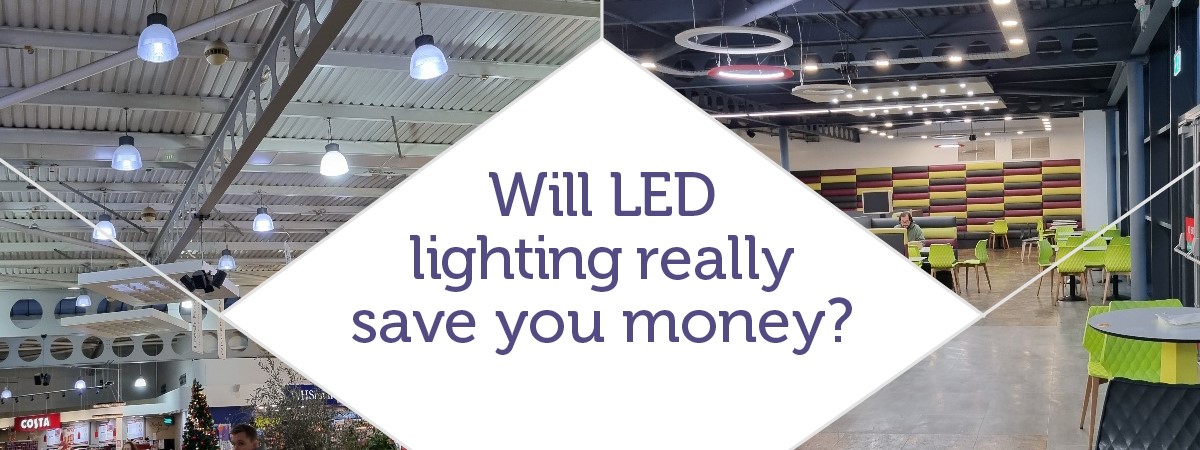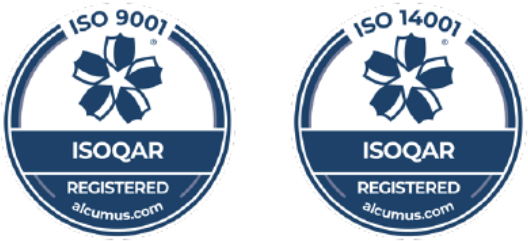The drive to try and reduce the impact we have on the environment takes many forms. One of these is how we light our internal spaces and external areas, and more specifically, the ongoing replacement of legacy lighting technology with LED systems. But will all this work in moving to new lighting actually save a business any money? We took a look at this by using a recent LED lighting upgrade project as a guide.
The End Of Fluorescent Lighting is nigh
2023 sees fluorescent lighting steadily being withdrawn from sale in the UK. In September, it will become no longer possible to purchase new T5 or T8 fluorescent tubes. This has a knock-on effect of light fittings in place no longer being of use, forcing them to be upgraded to new LED systems.
The retirement of fluorescent lighting means properties will need to look at changing their light fittings to LED technology. This brings up a valid question around the ROI of LED lighting. When upgrading light fittings from old systems, will they eventually give you a return on investment?. On paper, LED lighting presents clear advantages in terms of performance and longevity. But how do these translate into a real-world situation?
LED Lighting & Real World ROI
We were able to look at precisely this point recently with the help of one of our clients. They operate a network of hotel and hospitality locations across the UK. Store Maintenance completed a project where we specified and installed new intelligent LED light fittings within their properties. The new fittings contain integral sensors and daylight dimming onboard as well as circuit rewiring to include remote movement and daylight dimming sensors. With the new intelligent LED fittings we could make some calculations based on their current and projected energy consumption. We discovered the figures were very revealing.

Our calculations showed a significant amount of money could be saved. The decrease in energy LED systems consume each year was between 33% – 50% of the cost of upgrading their fittings to LED technology. Which meant the hotel sites would pay back the investment on average 2½ years after the project is completed. In some locations the upgrade work was more straightforward and therefore completed for less. So for these sites the time to break even would be even shorter at a little over 2 years.
What the figures did show us was how quickly you can see a payback from investing in LED lighting. Plus, LED lighting lasts around 10 years, and the fittings installed have a 7 year warranty. This means the ROI will continue into the future too.
If you want to upgrade the lighting fittings and systems in your retail locations, contact us for a practical view of the best way to achieve such dramatic cost savings. We could help you to save a lot of money on your current energy bill – and a lot sooner than you think.









